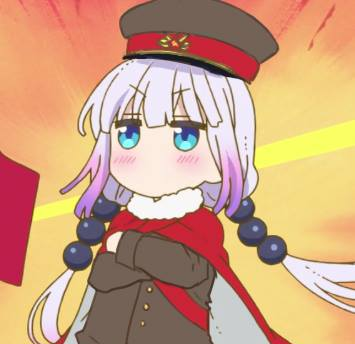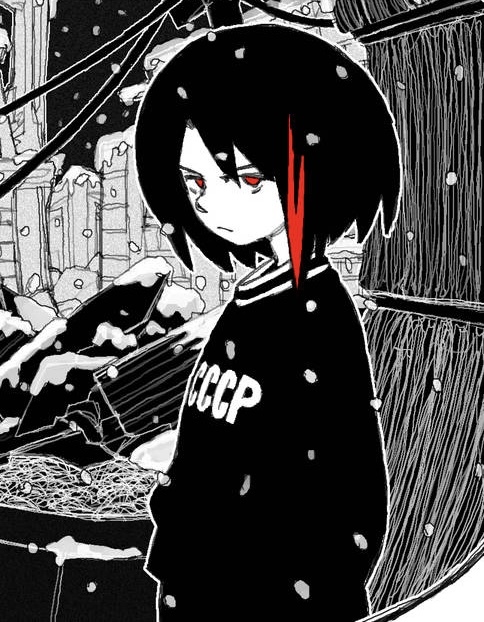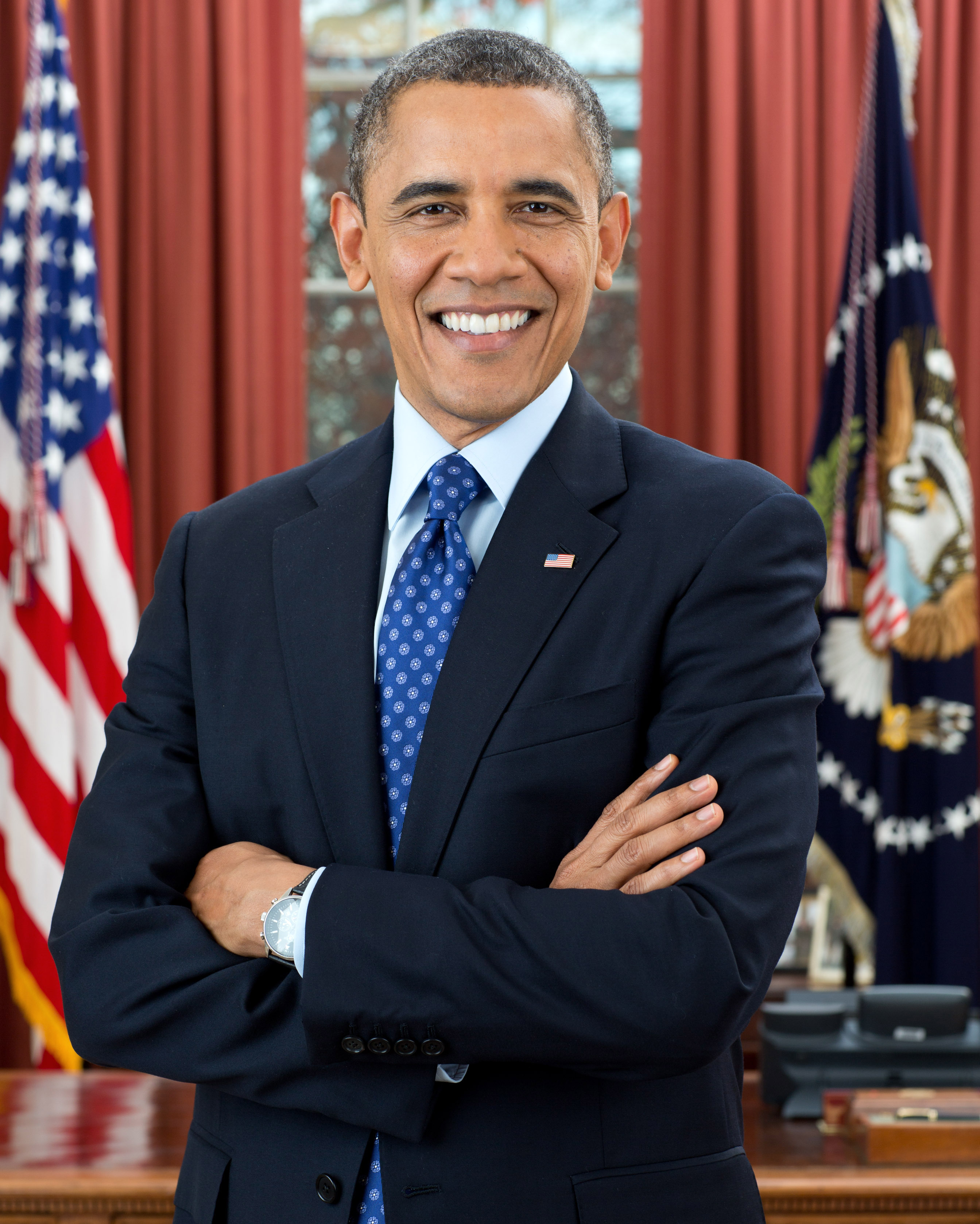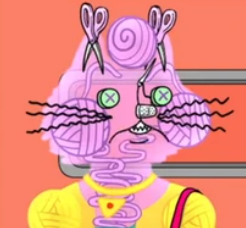This isn’t all that surprising; up until very recently, livestock supply was precarious enough that the utility function of domesticated animals outweighed their meat function; you eat a a cow, it can’t be used for milk or pulling equipment, you eat a chicken, no more eggs from that chicken, you eat a sheep, no more wool from that sheep, and dead animals can’t reproduce to make new ones. So meat consumption was probably limited to special events and desperation calories.
Yeah, from what ik generally it'd be the older animals, much older than we kill them today and very much restricted to events where a large group beyond the immediate owners gets to eat (e.g. chiefly feasts in the Scottish highlands; saints' feastdays in much of Europe or various sacrifices in Rome or Judah). The whole idea of breeding and raising exclusively to butcher comes with markets export of goods for consumption in the cities. There's also just more concern in general for the animal because you're relying on them for various other tasks (and just generally, its easier to deal with a contented animal than an angry one)
Saito in Karl Marx's Ecosocialism actually shows that Marx had thoughts on the 'modern', rapid, meat-focused, industrialised animal agriculture, as it was developing:
Marx’s excerpts from Lavergne’s Rural Economy of England, Scotland and Ireland (1855) are of interest. ... Marx notes that Lavergne is excited about the progress made by Bakewell sheep and discovers a proof of the superiority of English agriculture:
Bakewell. Earlier English sheep, as French now, not fit for the butcher, before 4 or 5 years. According to his system it may be fattened as early as one year old, and in every case has reached its full growth before the end of the 2nd year. By System of Selection. (19) (Bakewell—farmer of Dishley Grange.) (Reduced size of the sheep. Only so many bones as necessary for their existence) His sheep are called “new Leicesters.” “The breeder can now send 3 to market in the same space of time that it formerly took him to prepare one; and broader, rounder, greater development in those parts which give most flesh.… Almost all their weight is pure meat.”94
Lavergne is enthusiastic about the shortening of time necessary for the animals’ maturity thanks to Bakewell’s “system of selection,” which also increased the amount of meat.
Since the beginning of the nineteenth century, many of Bakewell’s “New Leicesters” were brought into Ireland and crossed with native sheep, creating new races, known as “Roscommon” and “Galway.”95 The original ecosystem in Ireland was transformed from the perspective of maximizing profits and ground rents, and this is exactly another example of ecological imperialism. Here the health and wealth of animals are not a primary concern, but what is important is their utility for capital. Notably, this type of progress did not impress Marx, and thus he wrote without hesitation in his private notebook: “Characterized by precocity, in entirety sickliness, want of bones, a lot of development of fat and flesh etc. All these are artificial products. Disgusting!”96
In the excerpts from Wilhelm Hamm’s Agricultural Tools and Machines in England (Die landwirthschaftlchen Geräthe und Maschinen Englands), one finds a similar remark by Marx. As a reaction to Hamm’s praise of intensive farming in England—Hamm translated Lavergne’s work into German—Marx calls “feeding in the stable” the “system of cell prison” and asks himself:
In these prisons animals are born and remain there until they are killed off. The question is whether or not this system connected to the breeding system that grows animals in an abnormal way by aborting bones in order to transform them to mere meat and a bulk of fat—whereas earlier (before 1848) animals remained active by staying in free air as much as possible—will ultimately result in serious deterioration of life force?97>
Under conditions where animals self-feed from their environment and there's enough of their food source, meat will be available, but just much less often than today. Cows produce milk mostly after they've been pregnant, so there will be calf production, usually above the carrying capacity of the environment. This "excess" would create an incentive to kill cows every so often for meat, but we're talking on the level of one per year or less. Or for chickens, maybe one per month. This is fairly consistent with how often humans with livestock have usually had meat, which is as a special occasion kind of thing. If you kill a goat twice a year for economic reasons, do so on a special day.
So it's interesting to find vegetarian societies, as it means they didn't have livestock or they made a philosophical choice to not eat the dead ones.
skin got lighter due to low vitamin D diets
there's a lot of vitamin D in fish and organ meats
You can't store leftovers and it takes quite a bit of effort to smoke or salt meat for preservation. Even with those methods of preservation there will still be spoilage.
You'd eat the oldest poultry that aren't laying any more, the oldest or most aggressive males that are causing problems within the flocks and birds injured in ways that they won't recover from. [later addition] Though, it wouldn't surprise me if most poultry wouldn't be truly domesticated as we think of it today, but you'd keep fields and marshes specifically to attract migrating birds like geese and ducks and wait to hunt them after they've hatched out the next generation and gotten fat to get ready for their next migration.
Milk from livestock only requires a single breeding of the milked animal every 18 months for cows. Probably a bit less for smaller animals. So only the oldest, injured, or problematic animals would be culled.






